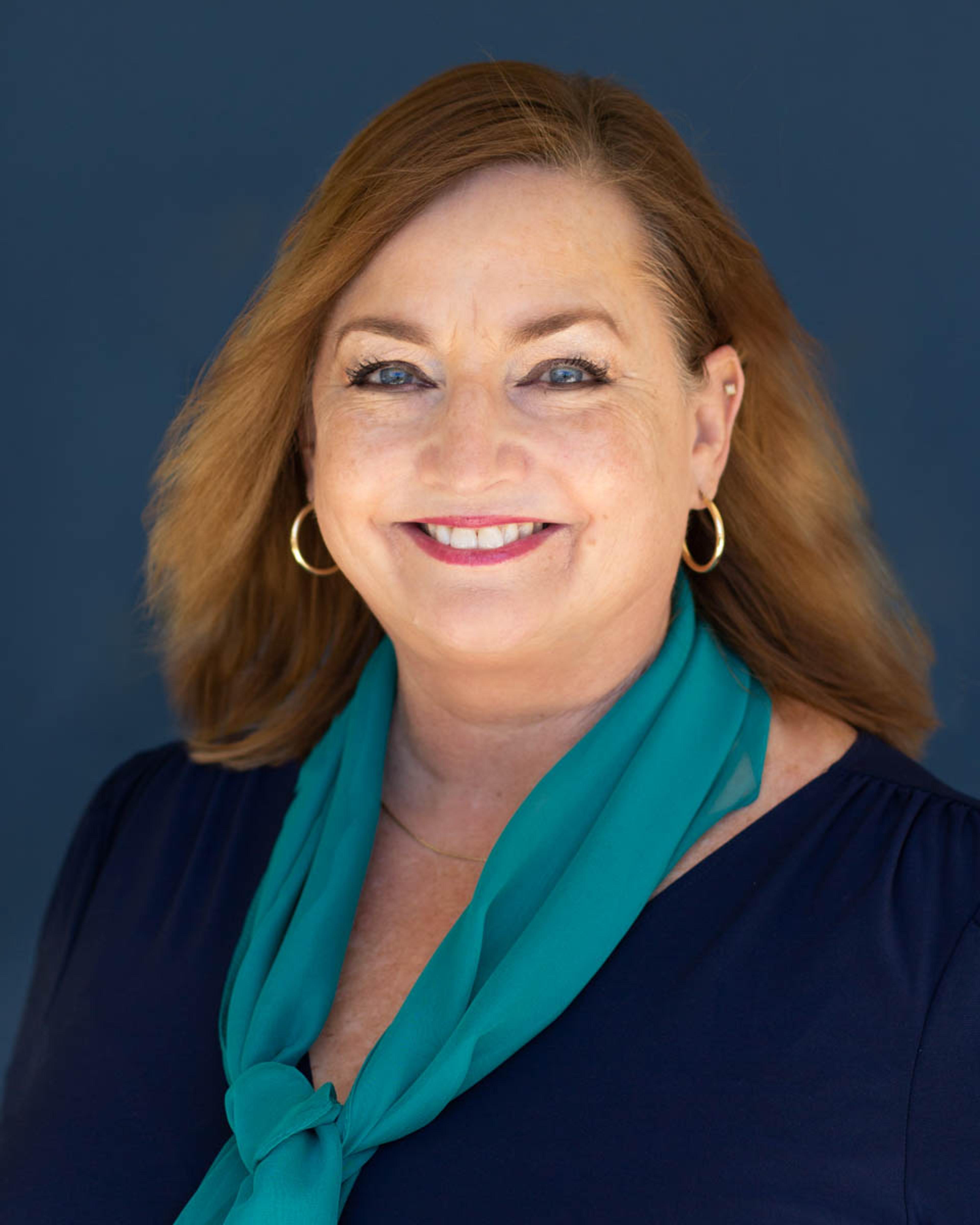


Over the past few years, so much has changed about the way elementary, middle, and high school classes operate, and in so many ways, these shifts have allowed for more culturally sensitive and compassionate learning experiences. But there are still a lot of lessons to be learned about the most helpful ways to discuss eating disorders, weight, nutrition, and well-being in a classroom setting.
There’s no handbook outlining the appropriate ways to address these issues, and especially given that most people are inundated by diet culture in our society, the risk of disseminating harmful, triggering, or inaccurate information is real. Luckily, understanding some key concepts of eating disorders and body image can help maximize the potential for creating a supportive, empathetic learning environment.
“The number one thing educators must do is ensure their classroom and curriculum is weight neutral and not weight stigmatizing,” says Equip Director of Lived Experience and former educators, JD Ouellette. “I encourage health educators to lean into the research about what actually leads to improved lifetime health for their students versus what ‘feels’ like it should work. Educators should not engage in diet talk in front of students — we are powerful role models and we know diets are harmful and set kids up for the triggering of eating disorders and/or weight cycling.”
While conversations of weight, food, and exercise can crop up in almost any classroom context, these discussions are often likely to arise in physical education and health classes. Given that many textbooks and class planning information may be outdated, educators may need to find ways to get up to speed on the most helpful educational tactics.
“K-12 nutrition curriculum tends to focus on abstract concepts, numbers, and rules or restrictions around food,” says Equip Family Mentor and former educator Oona Hanson. “Health curriculum is also heavily influenced by beliefs and messages around food and thinness can be harmful to students. So what seems like a standard lesson on the risk of having, say, ‘more than X grams of sugar per day’ can end up being harmful to a student's health.”
It’s important to know that while educators bear the responsibility of developing accurate and sensitive subject matter, there is a lot of unlearning that our entire society has to do when it comes to eating disorders and health myths. “It's not our fault as teachers that our knowledge about eating disorders is outdated, and there are many ways we can send messages that are damaging, even when our intent is good,” Ouellette says, noting some pervasive myths, like the notion that only thin, affluent white girls get eating disorders. “Be sure you are clear that eating disorders happen in all demographics.”
There are plenty of other specific, actionable ways educators can ensure their students feel heard, seen, and understood — and that they’re real, up-to-date information.
How to teach constructive, accurate eating disorder and health education
According to Equip Peer Mentor Makailah Dowell, one of the most important steps educators can take in spreading accurate, helpful information about eating disorders is to do a deep dive on HAES, the Health at Every Size approach (HAES) framework, and learn the facts about what “health” really means.“HAES has provided many resources and evidence to support constructive dialogue in the classroom,” Dowell says. “It’s not only a facilitator to body positive conversations, but can open up the world of fat activism and communities that children are unaware of. I would also suggest adding in body gratitude segments of the day, as this can create consistency in the classroom and create a positive and open space.”
In addition to educators expanding their personal knowledge of HAES, experts have other recommendations for leading constructive conversations in the classroom:
Frame exercise as a positive activity for feeling a certain way, not looking a certain way.
“Focus on how joyful it is to move our bodies and encourage kids to find the movement that works for them and do it often because it makes them happy, versus promoting strict exercise routines meant to control body size,” Ouellette says. “Normalize and promote the message that of course they will continue to gain weight into adulthood as their bodies change and grow and prepare them for their adult lives.”
Avoid associating foods with morality.
“There has been an elongated discussion about certain foods being ‘bad’ and others being ‘good,’” Dowell says. “There should never be ‘good’ or ‘bad' foods, as food is nutrition and fuel.”
Focus on other aspects of “healthy eating” that have nothing to do with calories or fat grams.
“Help them learn skills surrounding food without the focus being on what food they are eating,” says Equip Registered Dietitian Erin Reeves. “These skills will truly help them into adulthood. This could include learning the different foods in different food groups to build more variety, studying foods from different cultures, learning how to prepare basic meals or snacks or how to make a grocery list for a week’s worth of food.”
How to handle a scenario in which a student may have an eating disorder
Arguably one of the toughest parts of being an educator is knowing when to approach a student about a potentially problematic situation or even escalate the issue. If a teacher suspects a child is exhibiting disordered eating behaviors or developing an obsession with food, exercise, or weight, it can be difficult to know if and when it’s appropriate to reach out to family. The bottom line is that eating disorders are life-threatening, and intervening early could make all the difference.
Ouellette offers a few examples of how an educator might initiate the conversation:
- “I notice you/your child is not their usual sparkly self in class. I am hoping you can share with me what's going on so I can best support you”
- “I notice you/your child doesn’t seem like themselves lately and I've spoken to their other teachers and we have all noticed you using the bathroom every class period—can you tell me about that?”
- “I see you/your child struggling with assignments that used to come easily—I know that is something that can happen when bodies and brains don't get enough fuel. Can we talk about this?"
“Do remember that just because a student or family denies an issue, doesn't mean it's not there,” Ouellette adds. “Lack of education about eating disorders and a symptom called anosognosia (lack of insight into your own illness) make it common for young people to genuinely not be aware of what is happening. Document your observations and discussions, move forward with your campus protocols for health concerns, and remember that family are almost always the most important people to include and offer resources to.”
Familiarizing yourself with information that can be helpful in these scenarios, including Equip’s resources hub, is also important. A few other resources advocates recommend for educators include:







